Pretty Wicked Word Search Puzzles

Stimulate your brain and feast your eyes. This book is full of tricky word search puzzles that will test your knowledge and visual ability.
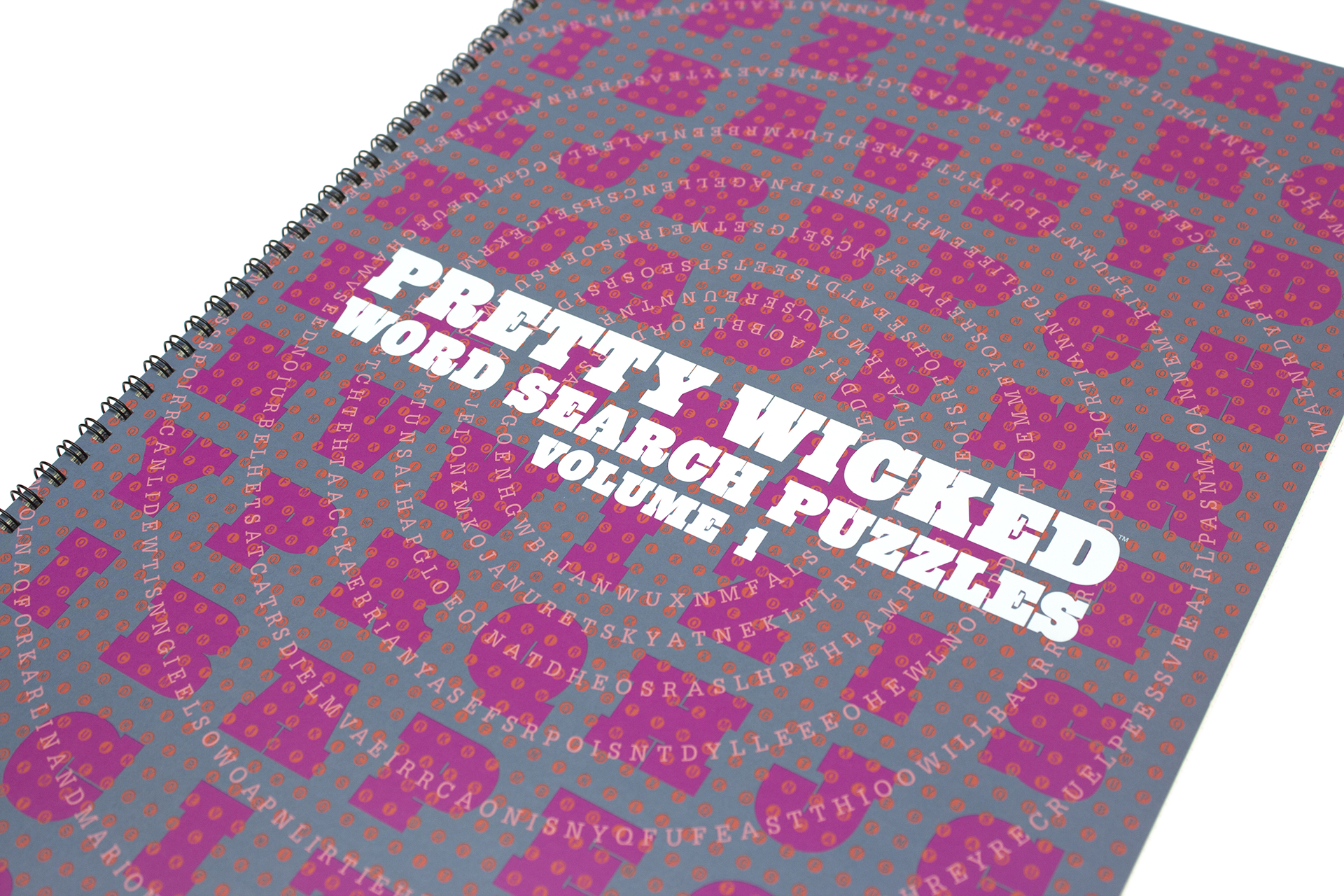

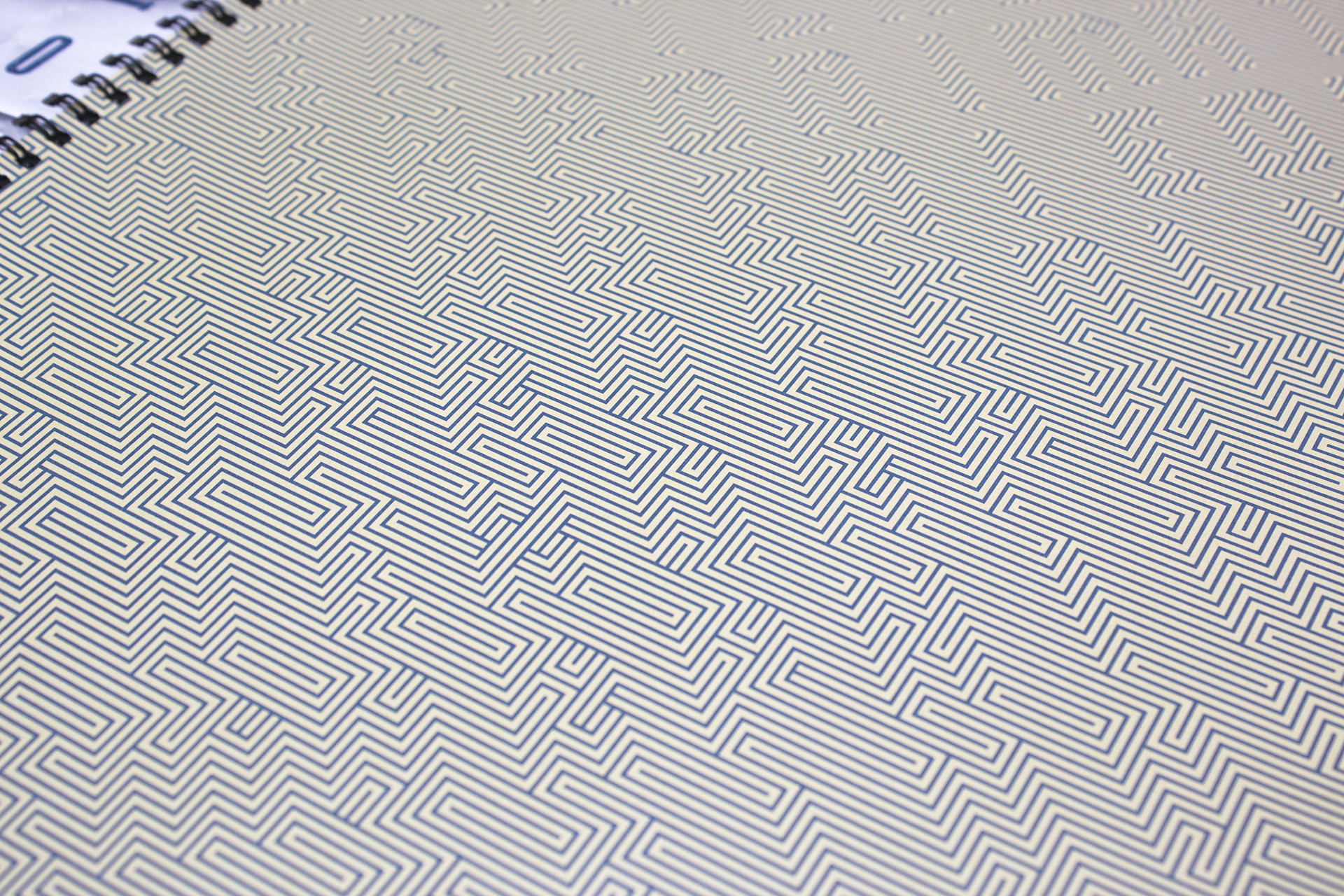
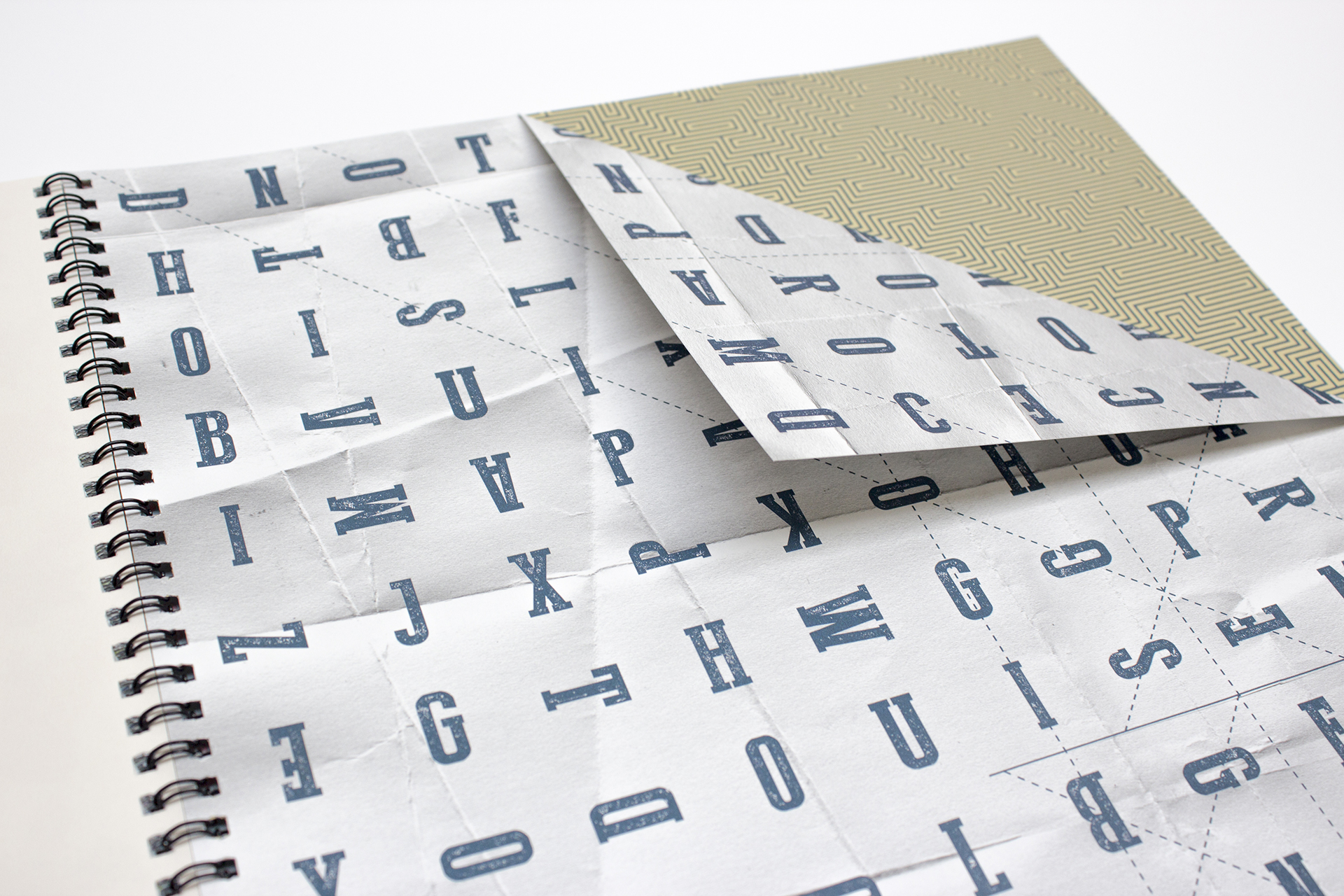
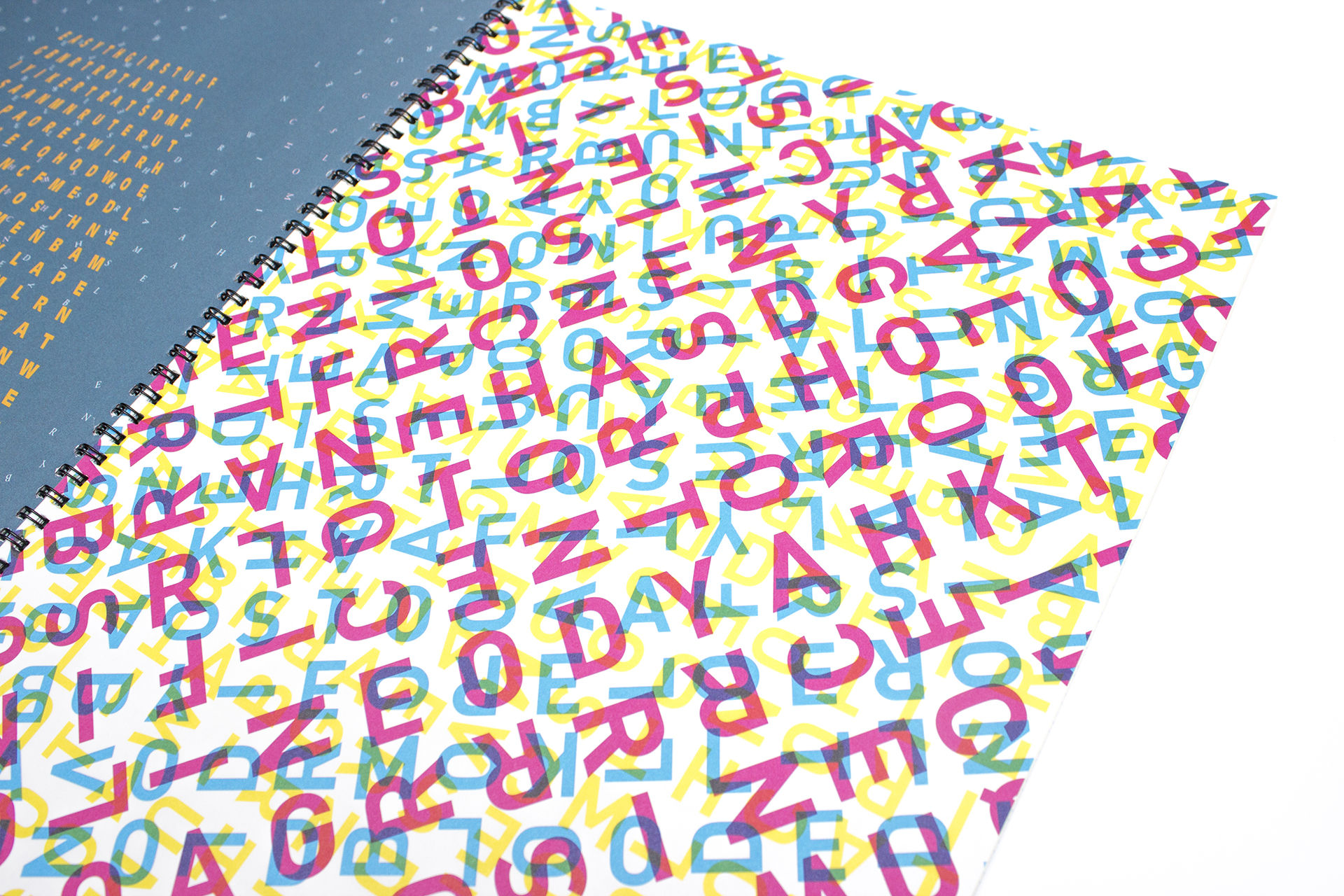
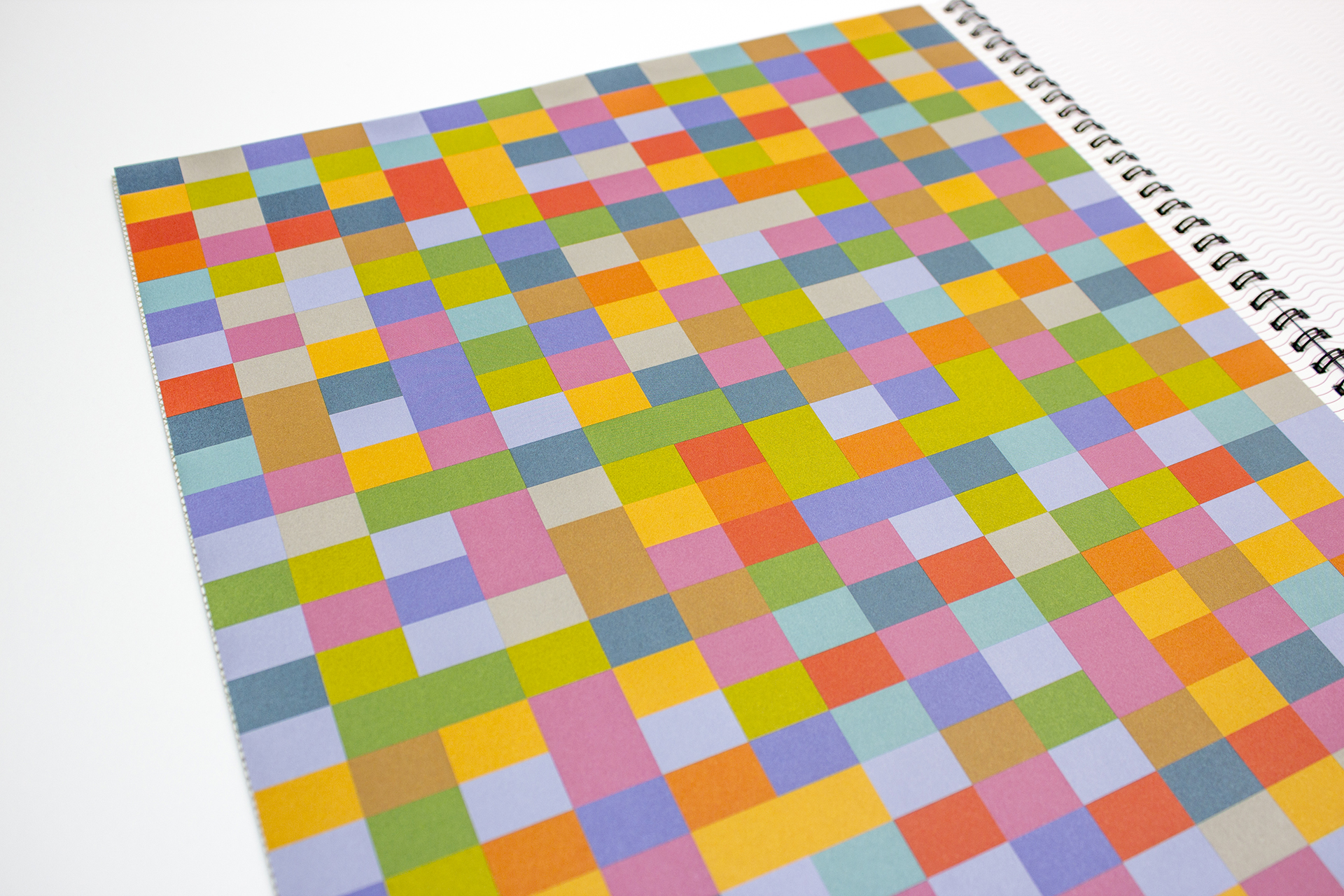
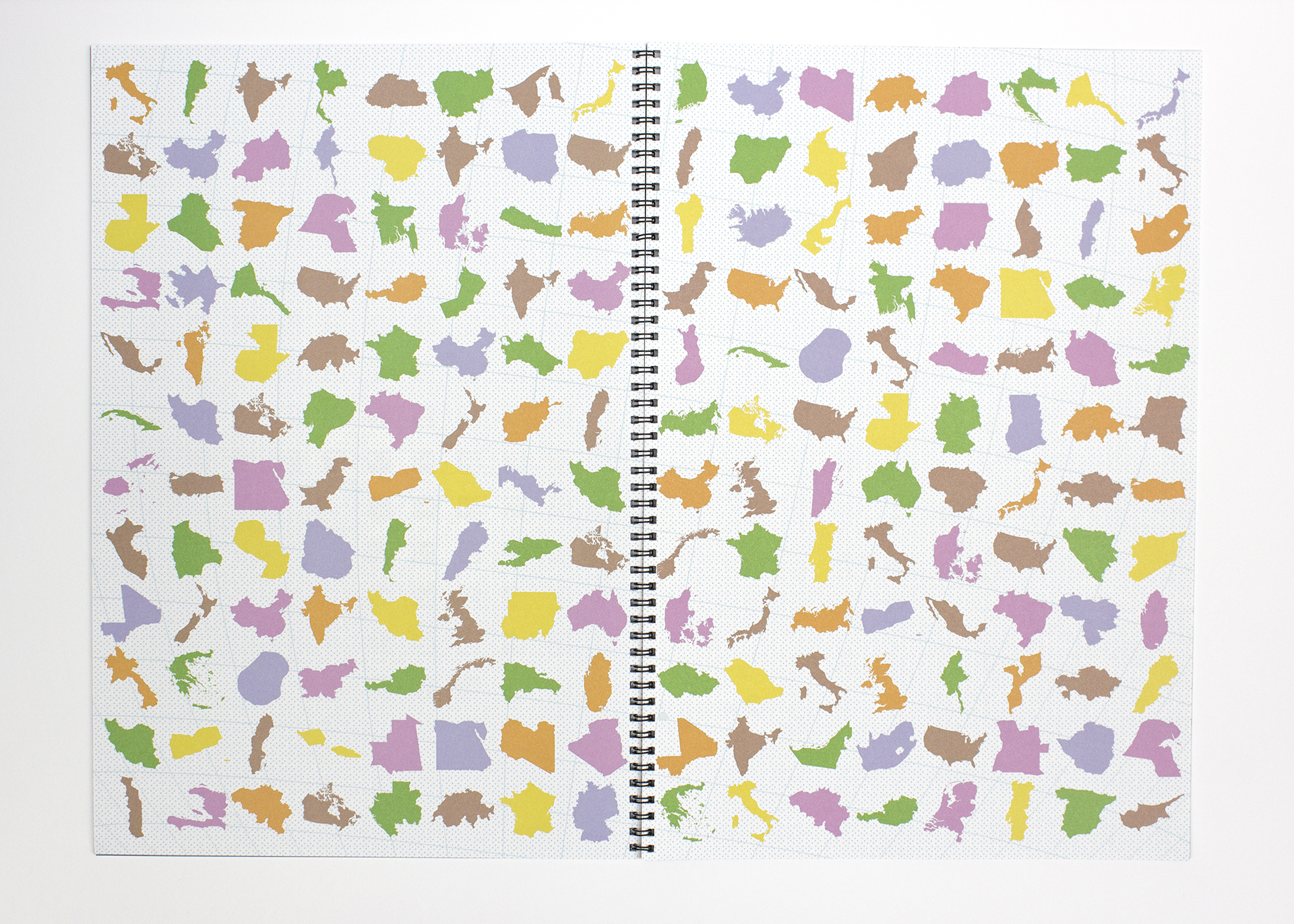
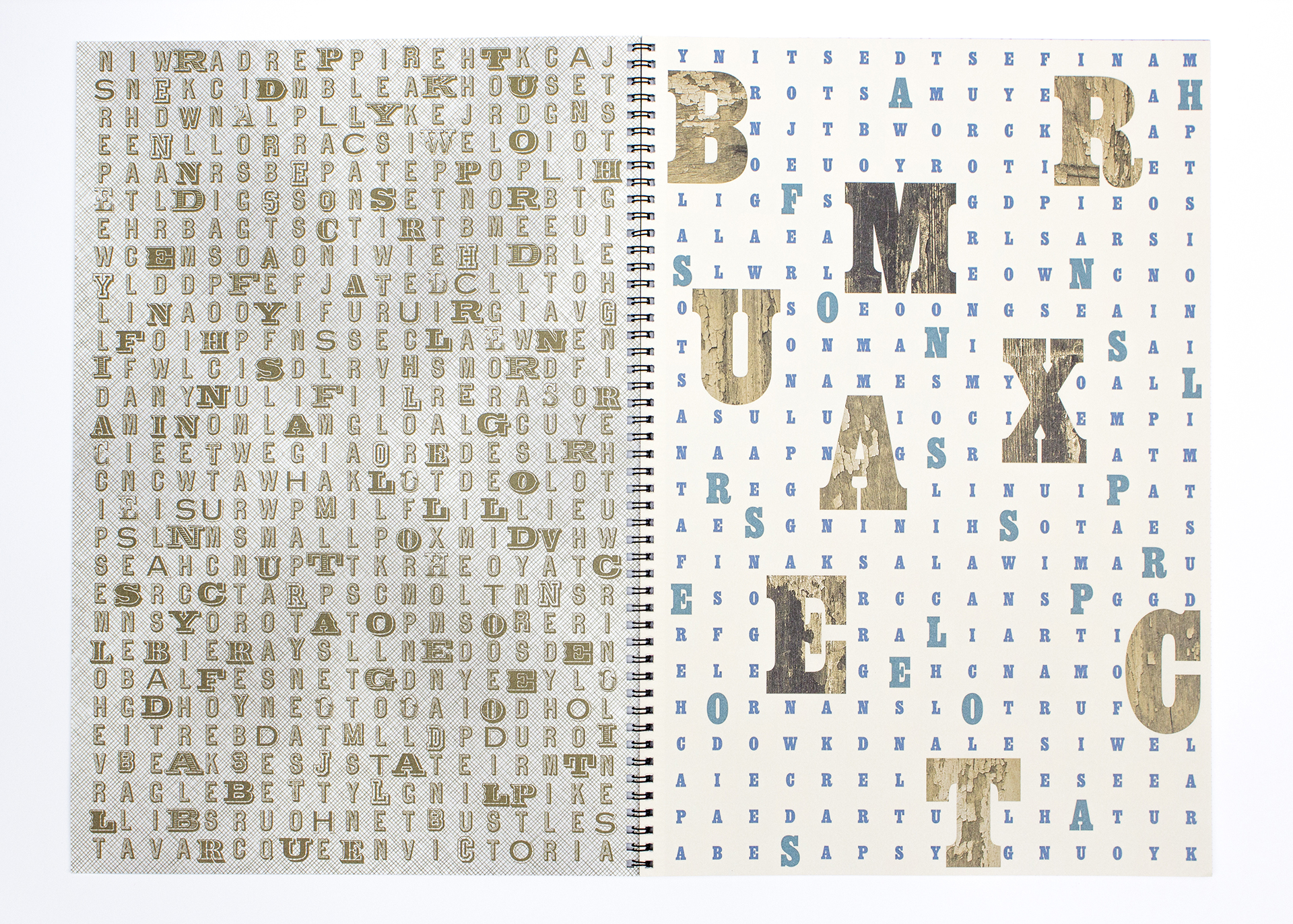
Materials Used
Suggested Articles
As digital printing evolves from compromise to sophisticated tool—advances in color, texture, and fiber papers push the boundaries of what's possible.
In today's competitive marketplace, packaging plays a crucial role in brand perception and consumer satisfaction.
Mohawk Renewal marks a bold new chapter in our ongoing commitment to sustainability and innovation in papermaking.























